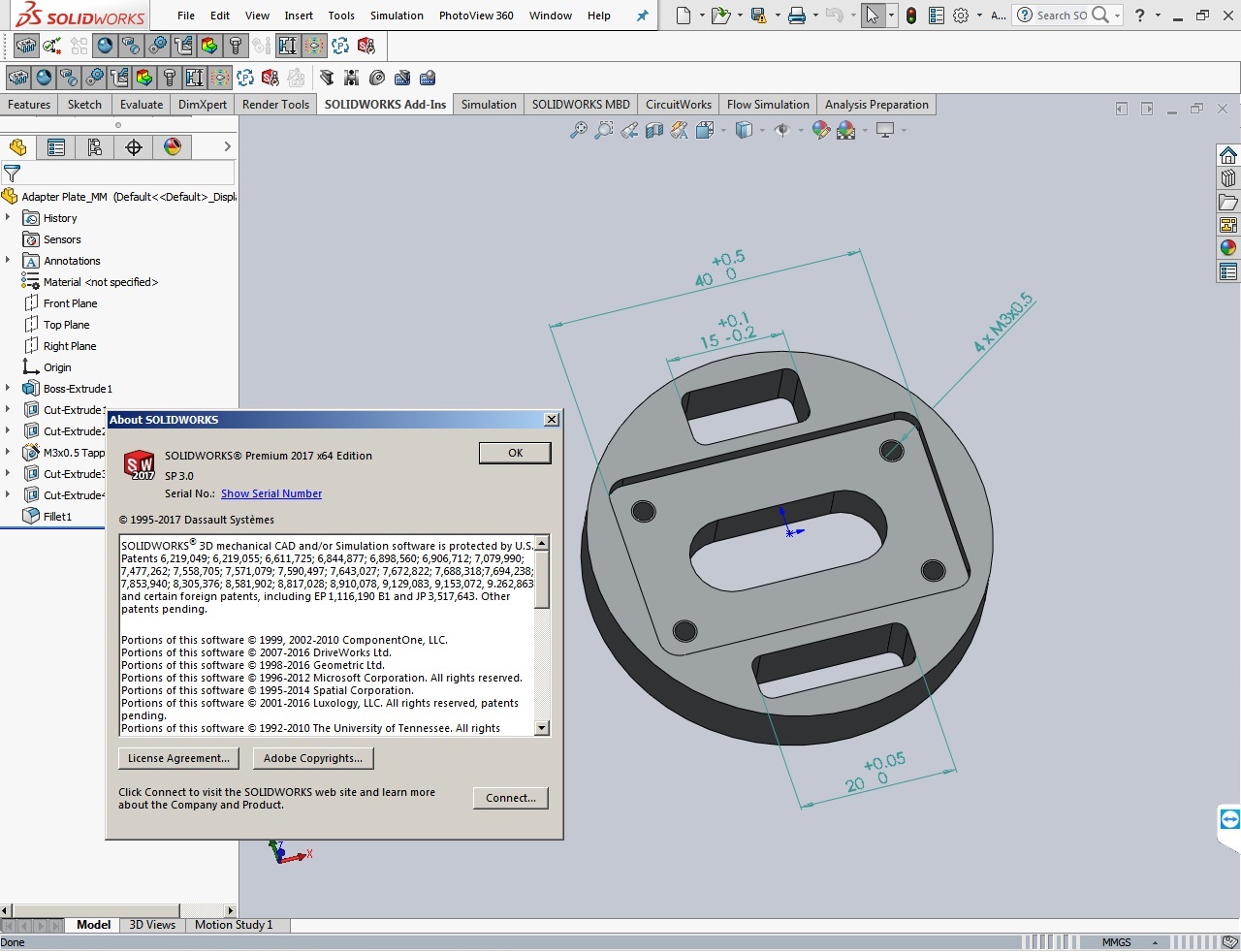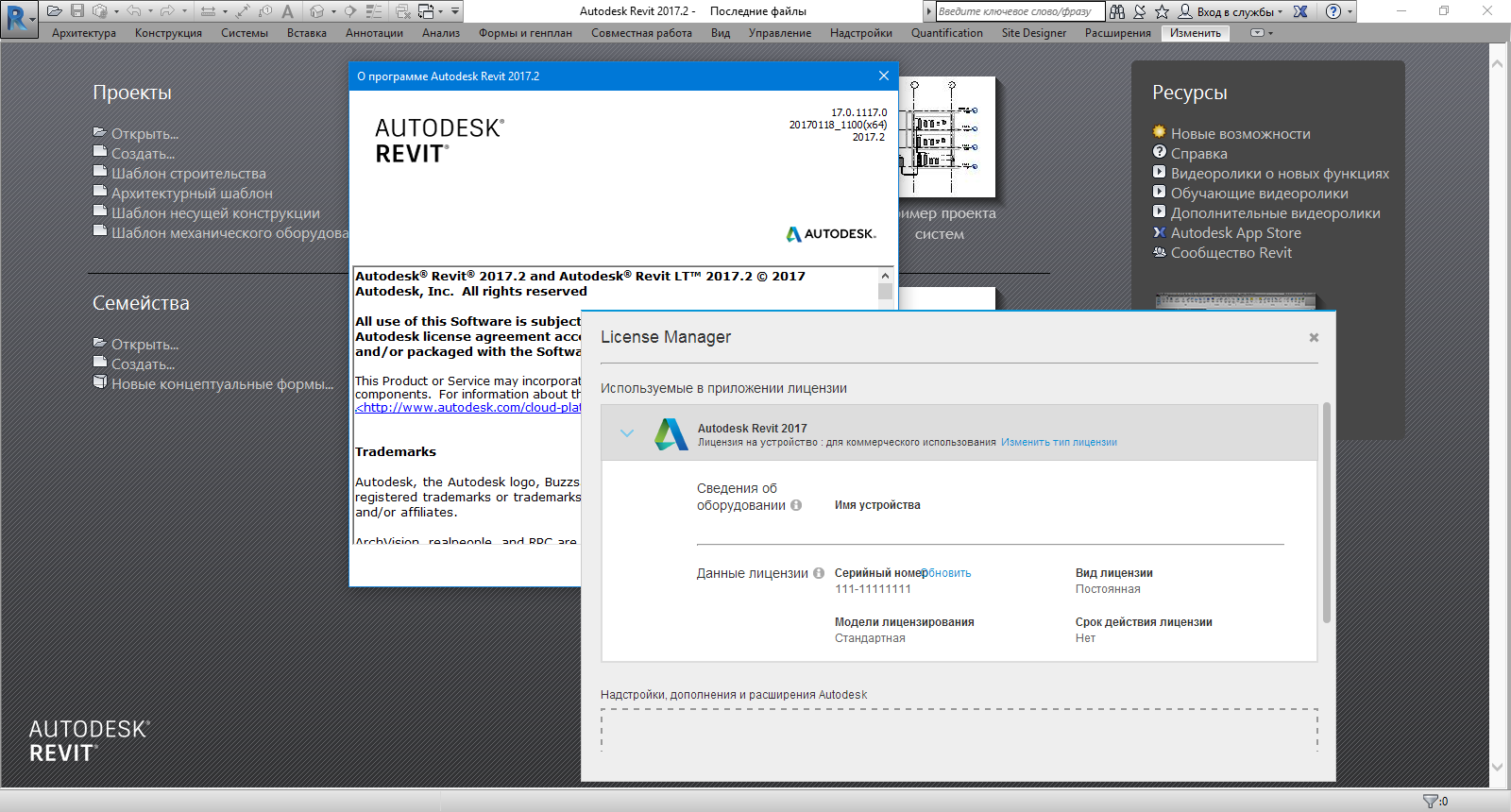

Micro-segregation of C and Mo is a necessary condition for solidification cracking in DED Hastelloy X, which promotes the formation of low-melting liquid films. Besides, GB density could affect the cracking susceptibility by adjusting the thermal stress/strain level and S-HAGB fraction. More than 75% of cracks occurred preferentially in the range of GB angles of 25°–45° (defined as S-HAGB) owing to its high GB energy rather than high GB misorientation angle. We found that the fraction of S-HAGB (crack susceptible - high angle grain boundaries) is another critical factor in affecting cracking susceptibility. Our results showed that the plastic strain rate during the terminal stage of solidification is one of the most critical factors affecting cracking susceptibility when AM processing conditions change. The origins of the solidification cracking were mainly attributed to thermal stress/strain level, grain boundary (GB) characteristics (GB misorientation and GB density), and micro-alloy elements.
HIGHDESIGN 2017 CRACK CRACK
The cracks in DED Hastelloy X were confirmed to be solidification cracking based on extensive observations of the inner crack surface and fracture surface. In this study, we investigated the underlying cracking mechanism of Hastelloy X fabricated via directed energy deposition (DED). The debate has long prevailed as to the mechanisms that lead to cracking in AM parts of some nickel-based superalloys like Hastelloy X. Metal additive manufacturing (AM) offers promising potential in the production of components with geometric complex or customized structure and outstanding properties, but severe defect like cracking remains a significant concern. To summarize the effect of Y, Y addition promoted the formation of cracks, which brought about creep anisotropy however, it improved creep properties through the stabilization of oxygen and the promotion of discrete carbide precipitation, which prohibited the migration and sliding of grain boundary. In addition, the formation of M6C carbides, Y2O3, and SiO2 improved creep life. This was mainly because of the maintenance of the columnar grain morphology even after solution treatment. After solution treatment, the Y-added specimen's creep life was eight times longer than that of the Y-free solution-treated specimen. This was mainly because of the formation of Y2O3 and SiO2 inside the grains. Despite having more cracks, the Y-added as-built Hastelloy-X specimen showed longer creep life and ductility than the Hastelloy-X specimen. We carried out a creep test along the vertical and horizontal directions. Post-heat treatment was conducted at 1177 ☌ for 2 h, followed by air cooling, to obtain good creep properties.

On the other hand, more cracks formed in the Y-added Hastelloy-X specimen because of segregation of Y, resulting in the formation of yttrium-rich carbide (YC). Y-free Hastelloy-X exhibited less cracks, mainly due to the segregation of Si, W, and C resulting in SiC- and W6C-type carbides at the grain boundary and interdendritic regions. We used two different alloys to study hot cracking in Hastelloy-X: one with 0.12 mass% yttrium added and one with no yttrium. We studied the effects of the rare earth element yttrium (Y) on the hot cracking and creep properties of Hastelloy-X processed by selective laser melting.
HIGHDESIGN 2017 CRACK FREE
If microstructures free of micro-cracks after solidification can be generated with optimised SLM parameters, these manufactured parts can sustain the internal strain level and, thus, crack formation and propagation can be avoided. Hence, the cracking mechanism during SLM is believed to be as follows: crack initiation is mainly induced during solidification and is dependent on the content of minor alloying elements such as Si and C, whereas crack propagation predominantly occurs during thermal cycling. It was found that low Si and C contents help in avoiding crack formation whereas cracking propensity was relatively independent of Mn concentration.
HIGHDESIGN 2017 CRACK SOFTWARE
Using thermodynamic software simulation, the temperature vs fraction of solid curves was used to determine hot tearing sensitivity as a function of Si, Mn and C content. This phenomenon, known as hot tearing, is frequently found in conventional casting and is dependent on chemical composition.

Two major reasons that control crack formation and propagation were considered: (i) internal strain accumulation due to the thermal cycling that is characteristic to SLM processing (ii) crack formation and propagation during solidification. Cracks with various morphologies were found in some of the parts. Two batches of pre-alloyed Hastelloy-X powder with different Si, Mn and C contents were used to produce specimens by Selective Laser Melting (SLM).


 0 kommentar(er)
0 kommentar(er)
